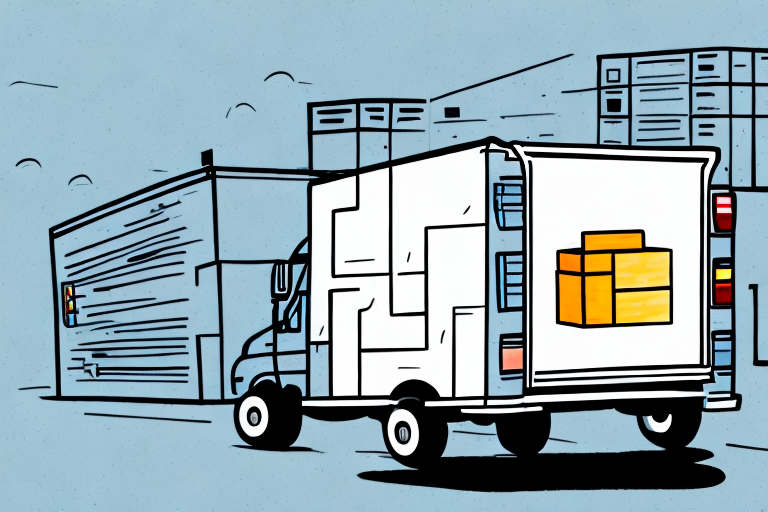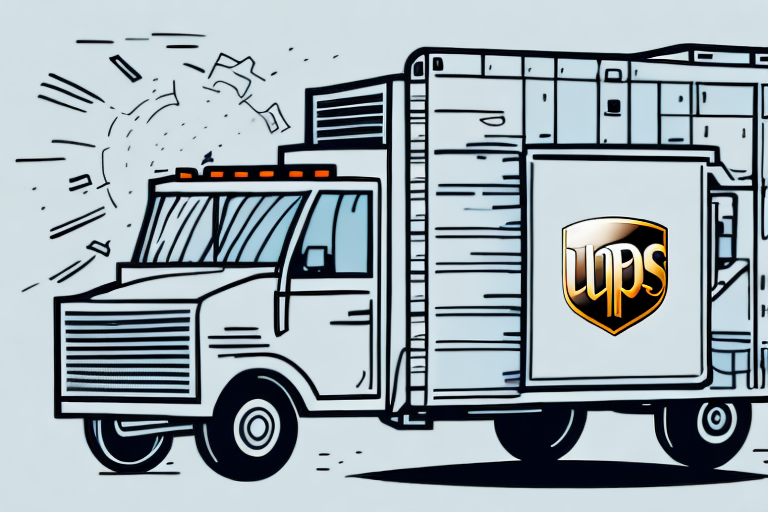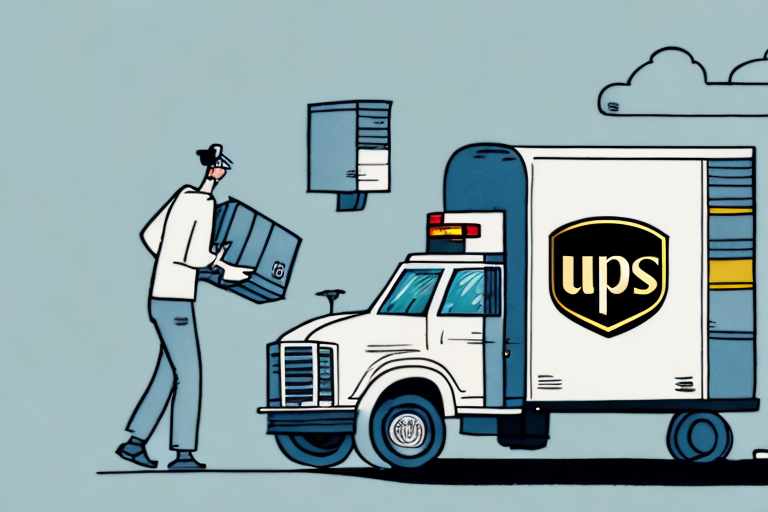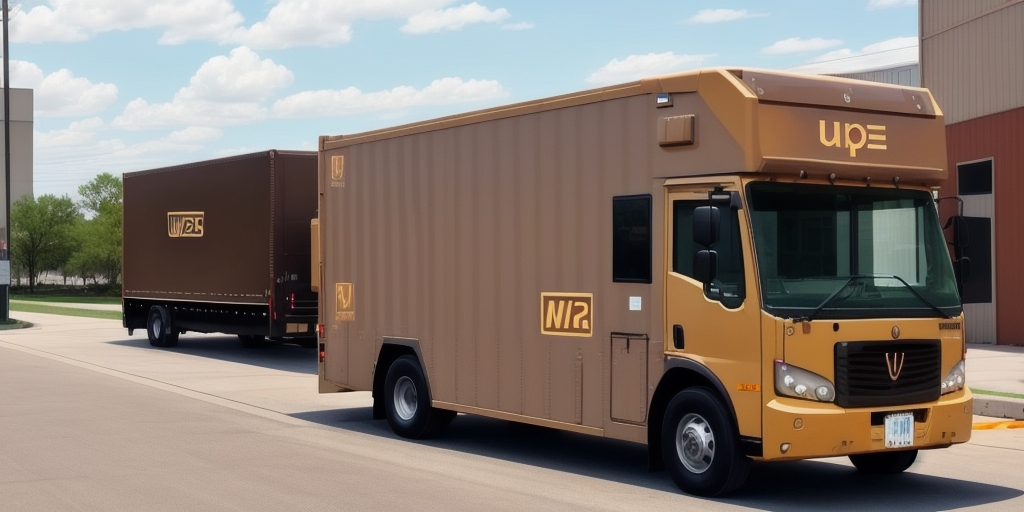Understanding UPS Fees and Charges
If you're a business owner who relies on UPS for shipping, it's crucial to comprehend the various fees and charges associated with your shipping orders. This guide will break down everything you need to know about UPS fees, how they're calculated, and strategies to minimize or avoid them altogether.
Types of UPS Fees
Accessorial Fees
Accessorial fees are charges for additional services not included in the standard shipping rate, such as inside delivery, signature confirmation, or liftgate service. These fees can vary based on the complexity of the service required.
Fuel Surcharges
UPS imposes fuel surcharges to offset the fluctuating cost of fuel. As of 2023, the fuel surcharge is calculated based on the average price of jet fuel and can change on a weekly basis. You can check the current fuel surcharge percentage on the UPS website.
Dimensional Weight Pricing
Dimensional weight pricing is used to calculate the cost of shipping larger packages that take up significant space but are relatively lightweight. This means a large, lightweight package may cost more to ship than a smaller, heavier one.
Residential and Peak Season Surcharges
Residential surcharges apply to deliveries made to residential addresses, reflecting the additional handling required. During peak shipping seasons, such as the holiday period, UPS may impose surcharges to manage the increased demand.
Calculating UPS Shipping Costs
UPS shipping costs are determined by several factors:
- Package Weight and Size: Both the actual weight and the dimensional weight are considered.
- Travel Distance: The distance between the shipment origin and destination.
- Delivery Location: Whether the address is residential or commercial.
- Delivery Speed: Options range from same-day delivery to standard ground shipping.
- Additional Services: Services like signature confirmation or Saturday delivery can add to the cost.
To estimate your shipping costs, utilize the UPS Shipping Calculator.
Strategies to Minimize UPS Shipping Costs
Accurate Packaging and Labeling
Ensure your shipments are properly packaged and labeled to prevent additional fees from re-delivery or re-routing. Accurate measurements and weights help avoid dimensional weight pricing surprises.
Leverage Discounts and Promotions
UPS offers discounts for high-volume shippers and those who use their online shipping tools. Additionally, keep an eye out for seasonal promotions or discounts available through industry associations.
Optimize Shipping Practices
- Consolidate shipments when possible.
- Choose the most cost-effective shipping methods based on package size and delivery speed.
- Utilize UPS's fuel-efficient shipping options like UPS SurePost.
Consider Alternative Carriers
Comparing rates and services with other carriers such as FedEx, DHL, or the United States Postal Service (USPS) can help you find more cost-effective shipping solutions.
Navigating UPS Contracts and Disputes
Understanding Your UPS Contract
Carefully review your UPS shipping contract to understand all fees, charges, and terms. Pay attention to liability coverage, delivery time guarantees, and any clauses that may affect your shipments.
Handling Billing Errors and Disputes
If you encounter billing errors or disputes, contact UPS customer service promptly to resolve the issue. If a satisfactory resolution isn't reached, consider seeking legal counsel or utilizing a third-party mediator.
Impact of Seasonal Demand and Future Trends
Peak Season Surcharges
During peak shipping seasons, such as the holidays, UPS may impose surcharges to manage increased demand. This can lead to higher shipping costs and longer delivery times.
Future Trends in UPS Fees
As e-commerce continues to grow and shipping technologies evolve, UPS fees and structures are likely to adapt. Trends such as increased automation, sustainable shipping practices, and enhanced tracking capabilities may influence future cost structures.
Staying informed about industry trends and UPS updates will help you anticipate and manage potential changes in shipping costs.
Conclusion
Understanding UPS fees is essential for managing your business's shipping operations effectively. By familiarizing yourself with the different types of fees, accurately calculating shipping costs, and implementing strategies to minimize expenses, you can enhance your shipping efficiency and reduce overall costs.
For more detailed information and the latest updates on UPS fees, visit the official UPS website or consult reputable industry resources.








